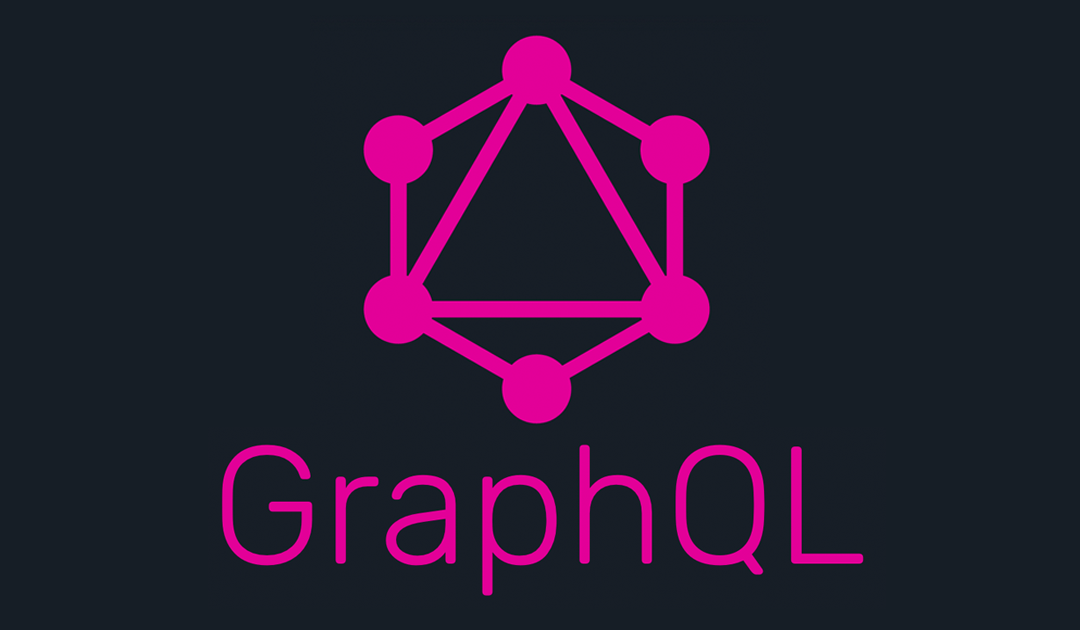
by Adam Singleton
The RESTful API has a funny place in the software development world: it’s widely regarded as the best general-purpose pattern for building web application APIs, and yet it’s also nebulous enough of a concept to cause endless disagreements within teams over exactly how to implement one.

by Adam Singleton
In my last post I took a closer look at how the Apollo iOS GraphQL client executes queries and what the resulting JSON looks like. In this post I’m going to focus on how the JSON is parsed and converted to the native Swift types generated by the apollo-codegen tool and also look at how the Apollo iOS client caches results.

by Adam Singleton
GraphQL is a “query language for your API” developed by Facebook back in 2012 for use in its mobile apps, which in 2015 became a published open source specification and framework. Its development was driven by frustration with the state of REST-like endpoints and development of mobile and web apps to consume them.
I hadn’t worked with GraphQL before, but it looked interesting and wanted to see if we could put it to use in the mobile or web apps we build.

by Christopher Keefer
Long ago, we briefly brushed upon the topic of what has made jQuery such a valuable part of the web developer’s toolset for such a long time – namely, a cleaner interface for interacting with the DOM, and the $.ajax abstraction over XMLHttpRequest.
These days, I would go a step farther and discuss how it has positively influenced browser APIs. jQuery offered a way to find elements using their css selectors, and this eventually gave us document.querySelector and document.querySelectorAll. More recently, browser developers have taken another page from jQuery’s playbook and introduced a new, Promise-based API for making asynchronous requests, and so much more – Fetch.
Why go Fetch? Let’s take a look.


